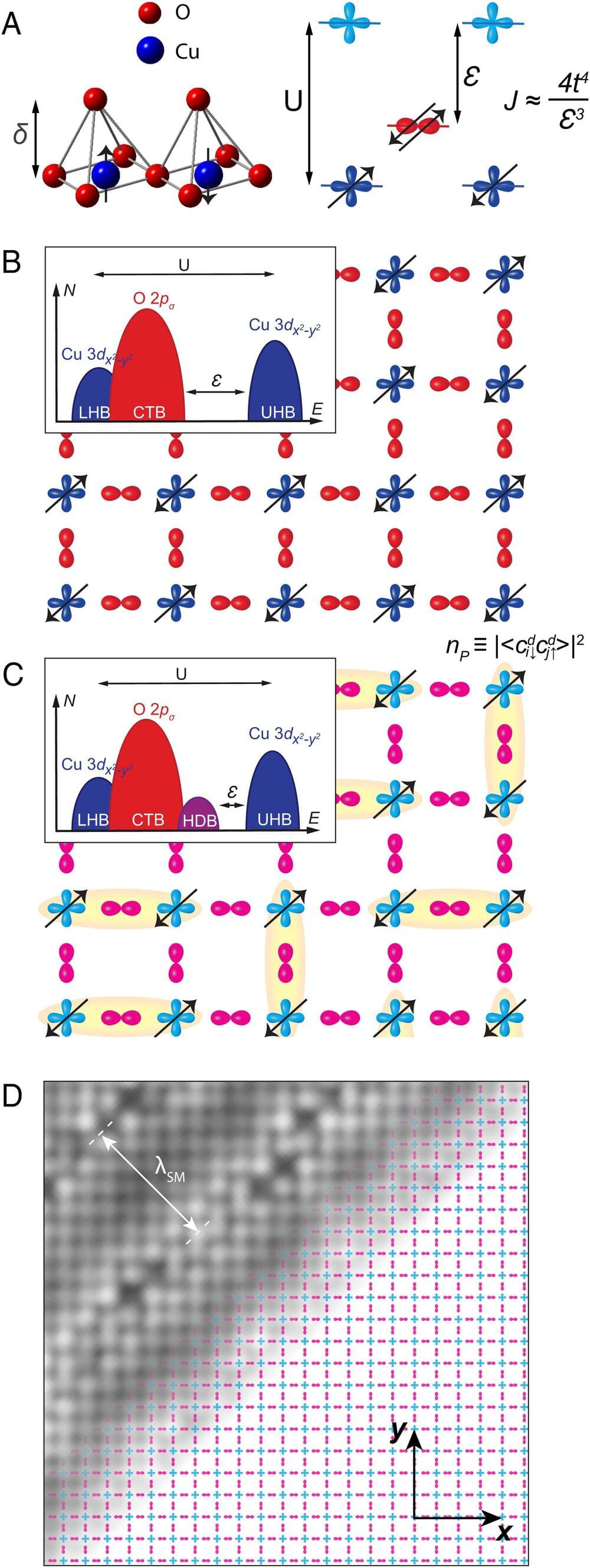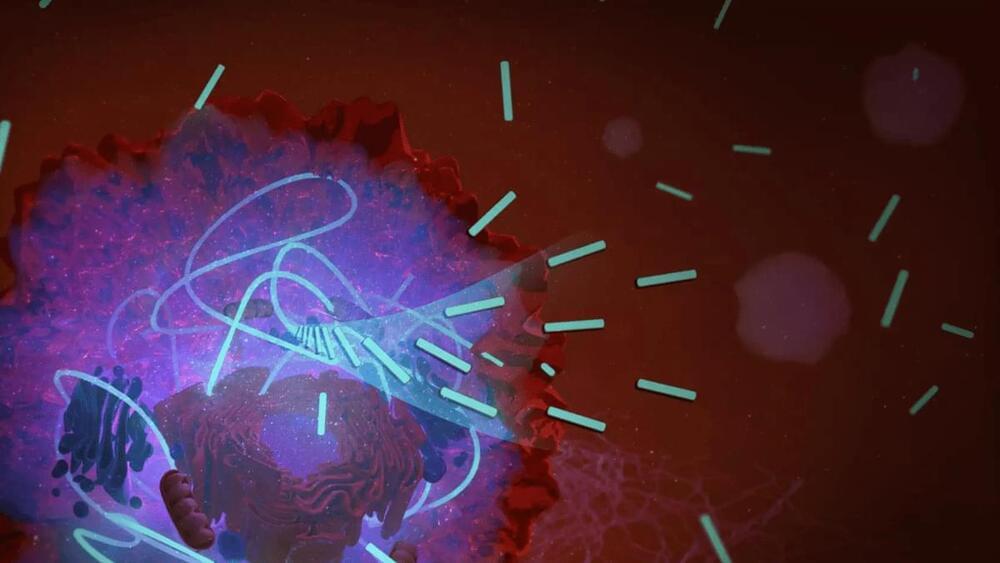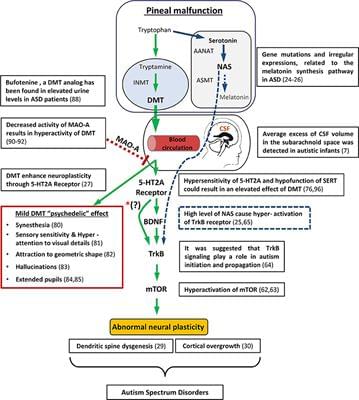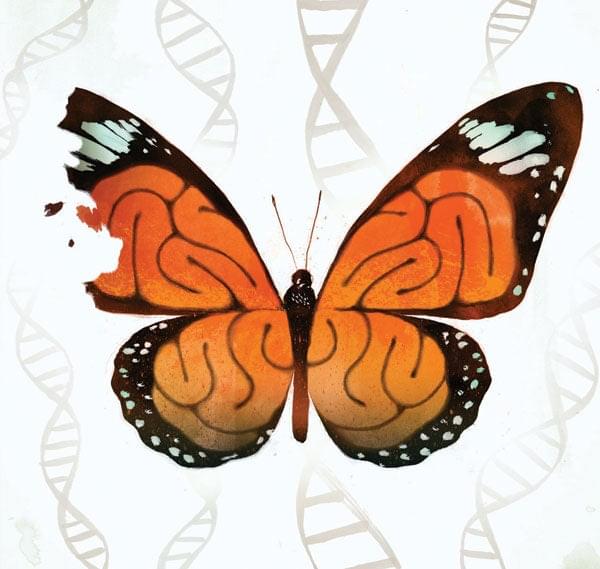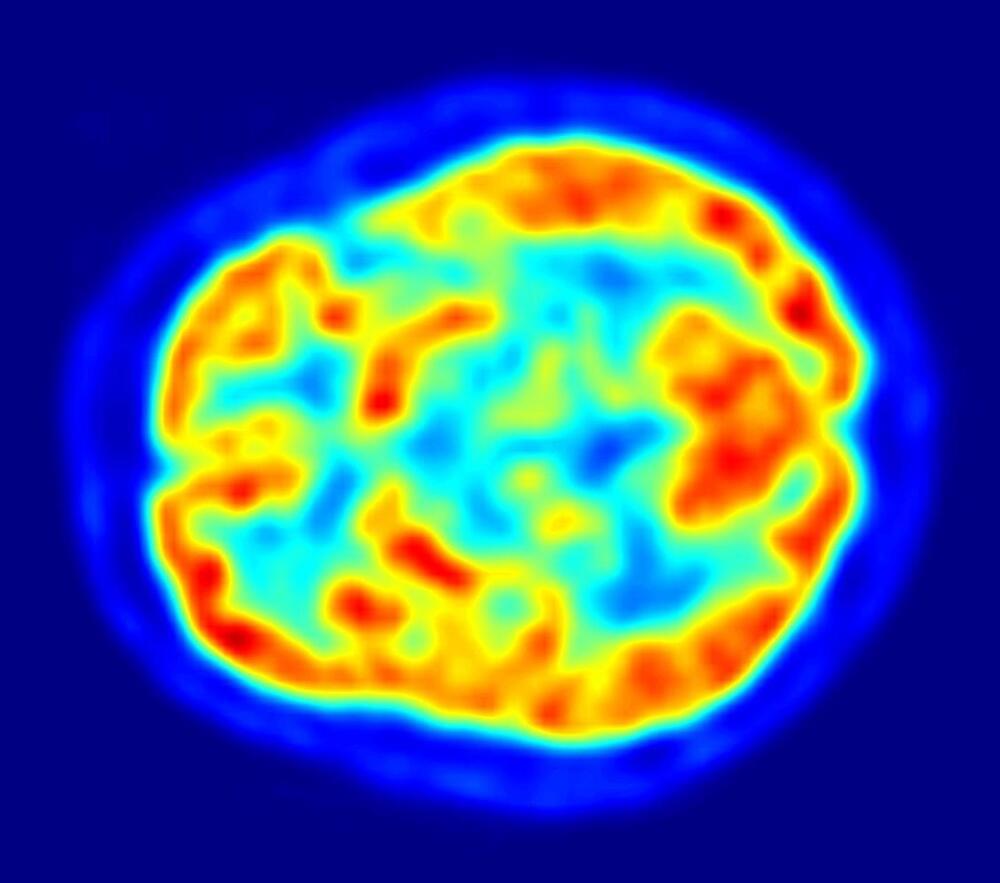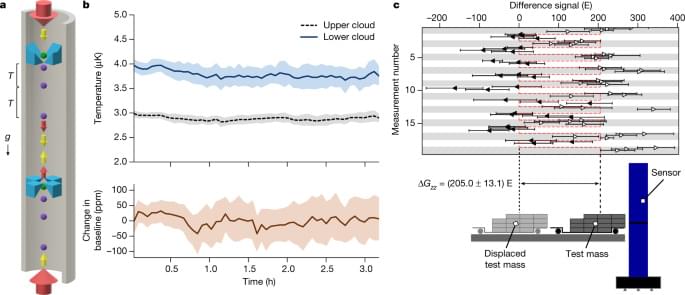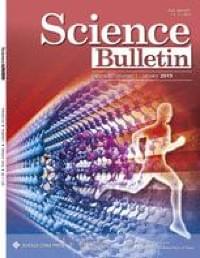Sep 12, 2022
T-Omega re-thinks floating offshore wind turbines for huge cost savings
Posted by Kelvin Dafiaghor in categories: energy, sustainability
Most of the world’s greatest wind power resources are offshore – often a long way offshore, where the water’s so deep that it’s impractical to build typical fan-on-a-stick wind turbines with bases sunk deep into the sea floor. Floating wind, at this stage, is so vastly expensive to build, deploy and maintain that it ends up costing two to three times as much per kilowatt-hour of energy as fixed-bottom offshore installations.
There’s a huge opportunity here for technological advancement, and companies like Norway’s World Wide Wind are proposing some pretty radical ideas in the space. A lot of the energy cost comes down to the size, weight and materials involved in the structure of the turbine, along with the logistical issues and specialized equipment needed to build, install and maintain the things.
Continue reading “T-Omega re-thinks floating offshore wind turbines for huge cost savings” »

